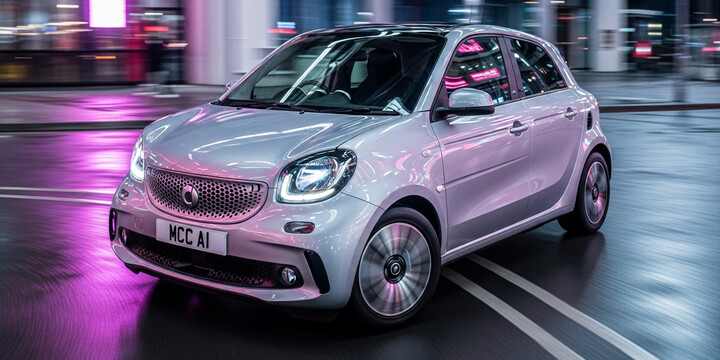
SMART EQ FORFOUR (2018-19)
The SMART EQ FORFOUR (2018-19) is a compact, all-electric city car designed for urban living and daily commuting. As a hatchback, it’s perfectly suited for navigating busy streets and tight parking spaces, making it an ideal choice for city dwellers, first-time drivers, or those looking for an eco-friendly and economical vehicle. The car’s reputation in the UK market is built on its zero-emissions driving, efficient performance, and stylish design, offering an enjoyable driving experience with low running costs.
What makes the SMART EQ FORFOUR (2018-19) stand out is its blend of practicality and innovation. It’s typically used for short commutes, shopping trips, and urban errands, thanks to its compact size and quiet electric motor. The model is known for its reliability and easy handling, and with an average mileage of around 15,550 miles recorded in used vehicle data, it remains a popular choice among those seeking an affordable, environmentally friendly car. Compared to rivals, the SMART EQ FORFOUR is often praised for its distinctive compact design, user-friendly features, and impressive city car performance, making it an attractive option for city-focused drivers in the UK.

average use
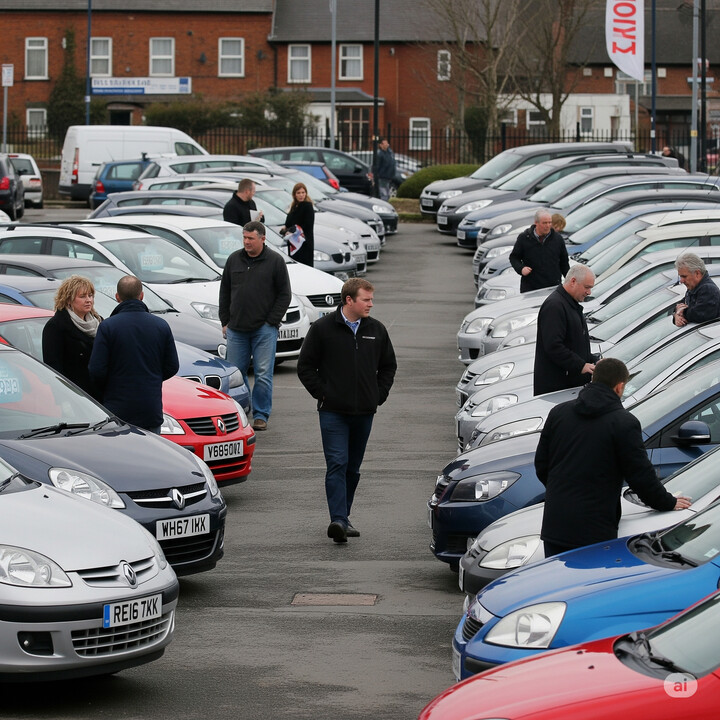
The data indicates that the majority of SMART EQ FORFOUR vehicles (about 80%) have recorded mileage readings of 20,000 miles or less, with half having less than 10,000 miles. Only a small proportion (around 5%) have been driven beyond 30,000 miles. This suggests that most vehicles in this sample are relatively low mileage, potentially reflecting good condition and limited usage.

vehicle values
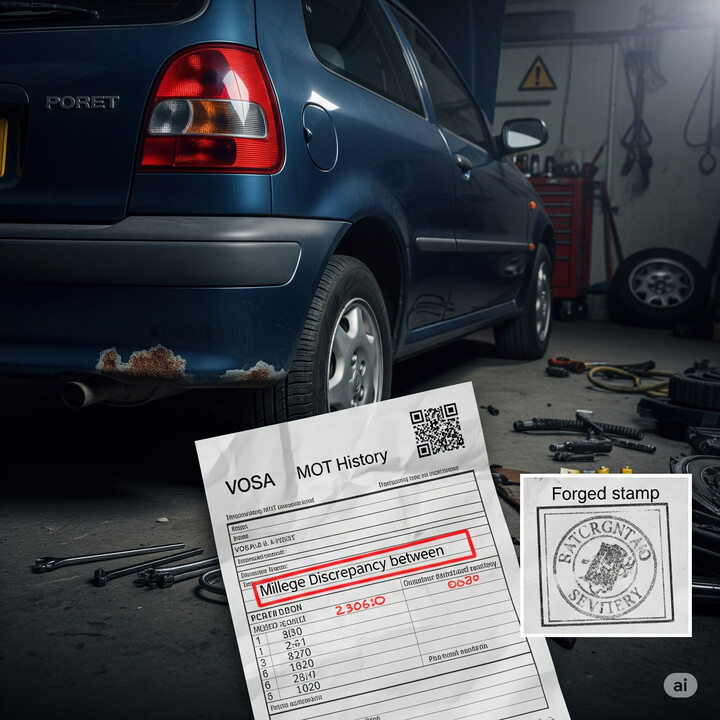
The private sale valuations for the SMART EQ FORFOUR (2018-19) show a significant concentration of vehicle prices in the £9,000 to £12,000 range, accounting for about 75% of observations. The most common private sale price falls between £11,000 and £12,000, representing 31.7% of the data. There is a relatively steep decline in frequency beyond the £12,000 mark, with only small percentages for prices above £13,000. Conversely, the data indicates modest activity below £9,000, with just 5% each in the £8,000–£9,000 and £9,000–£10,000 brackets. Overall, this suggests that most private sales for this model tend to cluster around the mid-range of £10,000–£12,000.

production years
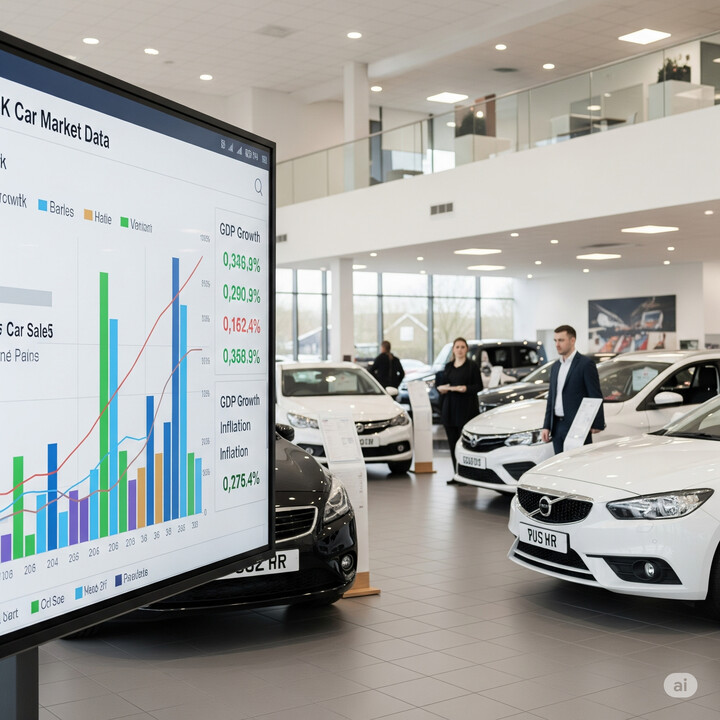
The data indicates that among the sampled SMART EQ FORFOUR vehicles from 2018-2019, the majority (66.7%) were manufactured in 2019, with a smaller portion (33.3%) produced in 2018. This suggests a higher prevalence of newer vehicles from 2019 within this model range, possibly reflecting increased production or sales during that year.

colour popularity
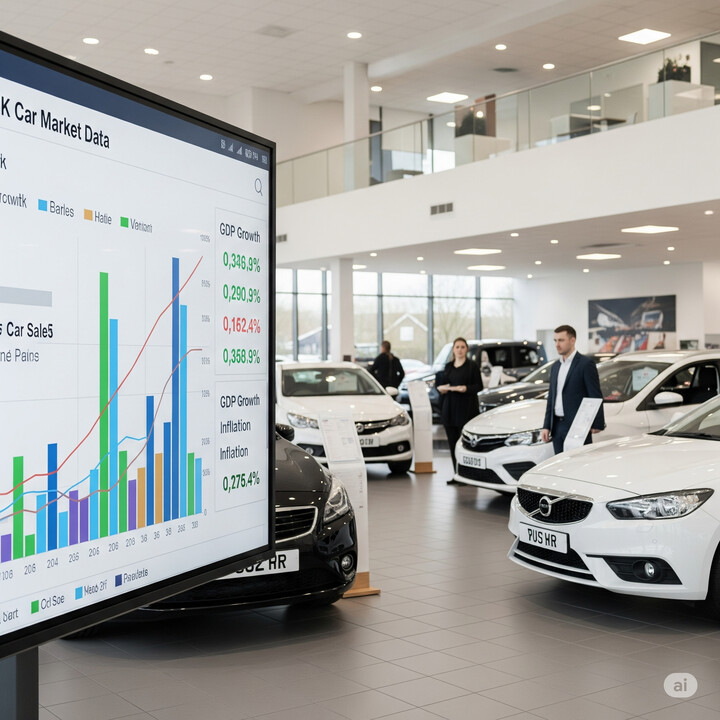
The data indicates that among the SMART EQ FORFOUR (2018-19) vehicles, black is the most common paint colour, accounting for approximately 56.7% of the fleet. Silver is the second most popular at 21.7%, followed by red at 11.7%. White is relatively rare at 6.7%, and grey is the least common at 3.3%. This suggests a strong preference for darker, more traditional colours like black and silver for this model year.

ownership cycle
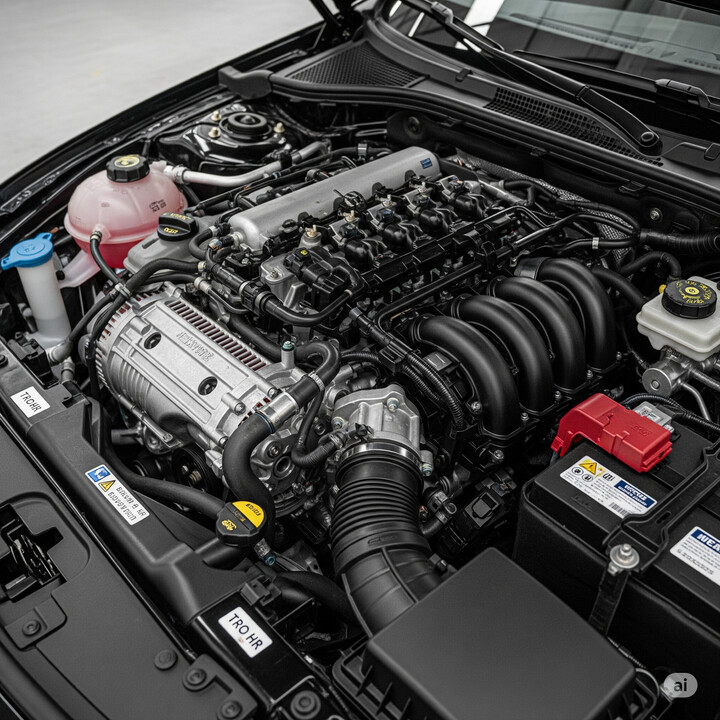
The data indicates that the majority of SMART EQ FORFOUR (2018-19) vehicles have been registered with relatively few keepers. Specifically, 30% of these vehicles have only had one registered keeper, suggesting they are likely relatively new or well-maintained vehicles remaining with their initial owner. Additionally, 33.3% have had two keepers and 25% have had three, indicating some level of ownership changes over time. Notably, only a small fraction, 1.7%, have had six keepers, which might suggest vehicles that have been through multiple owners, possibly indicating higher usage or turnover. Overall, most vehicles appear to have relatively stable ownership histories with a limited number of keepers.

engine choices

The data shows that all SMART EQ FORFOUR (2018-19) vehicles in the sample are 100% electric, with no information available regarding engine capacity. This indicates that the model is exclusively powered by electricity, reflecting a fully electric vehicle range during this period. The absence of engine capacity data likely pertains to the electric nature of the vehicle, where traditional engine specifications are not applicable.












